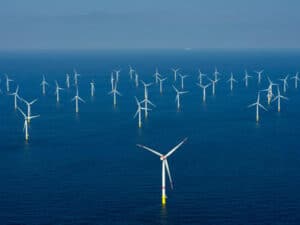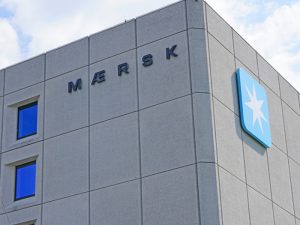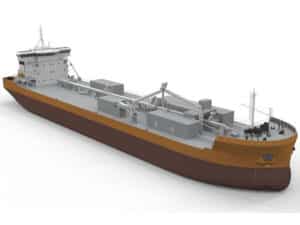
First zero-emission push boat christened in Berlin
Written by Nick Blenkey
Zero-emission push boat was christened at a ceremony in Berlin [Image: Behala]
After almost two years under construction at the Herman Barthel shipyard in Derban, Germany, what’s claimed to be the world’s first zero-emission push boat, Elektra, was christened this week in Berlin.
“The Elektra is a flagship project,” said Germany’s Federal Minister for Digital and Transport Dr. Volker Wissing. “It is the world’s first push boat that combines battery-electric propulsion with hydrogen and fuel cell technology. The entire project is a blueprint for climate and environmentally friendly inland shipping and a real pioneering achievement, not only technically but also in regulatory terms.”
The energy supply on the almost 20 meter long and 8.20 meter wide push boat will be provided solely by gaseous hydrogen, fuel cells and rechargeable batteries
The boat has been built for Berlin warehousing and logistics firm Behala in a project being led by the Department of Design and Operation of Maritime Systems of the Technical University of Berlin.
Companies involved in the project include Ballard Power Systems (fuel cells), Argo-Anleg (hydrogen system), SER Schiffselektronik Rostock (electrical system), EST-Floattech (battery system) and HGK Shipping(nautical operation).
The technology used in the Elektra is seen as being transferable to a large number of inland waterways and coastal vessel types.
Behala notes that in addition to providing energy for the ship’s propulsion and pushing lighters, the technology must also provide energy for crew needs, including temperature control of the accommodations and the wheelhouse.
All of this must work with a limited amount of energy carried and without loss of range.
One way this is accomplished is by making use of waste heat from the from the fuel cells to heat the accommodations via a brine heat pump.
With 750 kg of usable gaseous hydrogen on board at a pressure of 500 bar and a battery capacity of approx. 2,500 kilowatt hours, the Elektra, with its loaded heavy lift lighter Ursus, has a range of approx. 400 kilometers.
The next stage of the project will see stations installed to handle electrical charging and exchange of the vessel’s (Multiple Energy Gas Container – MEGC) hydrogen tanks.




